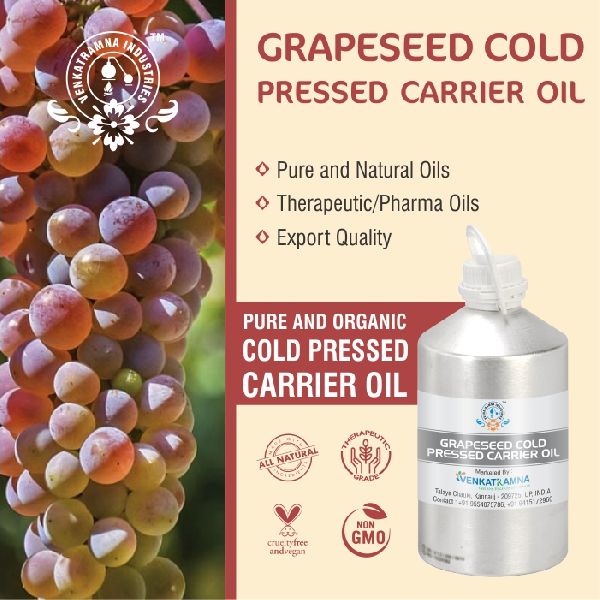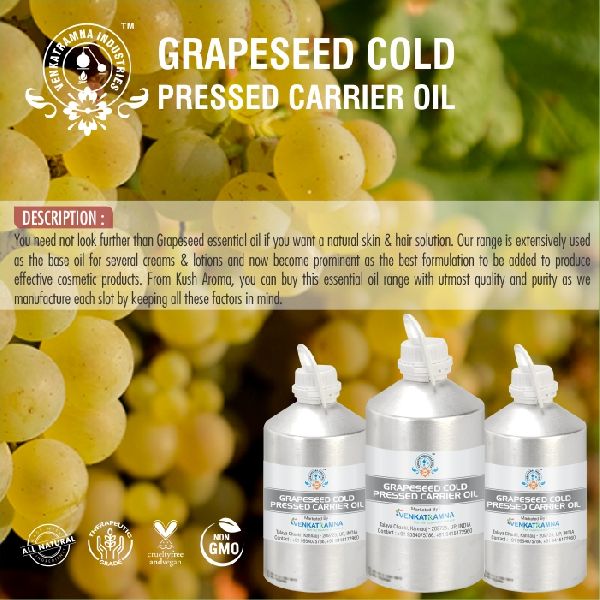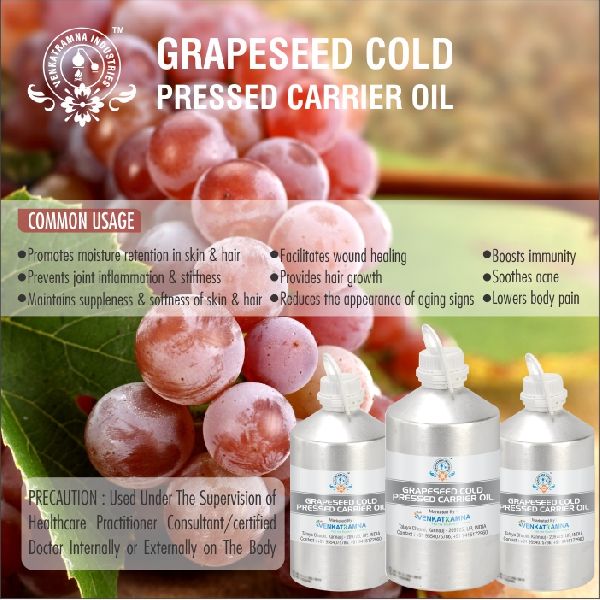Company Information
Ask for more detail from the seller
Contact SupplierVitis vinifera, commonly known as European or common grape, is a woody, deciduous vine that climbs by branched tendrils to 40-60’ long over time if left unpruned. Plants grown for grape production are typically pruned much smaller (3-9’ long). This species is probably native to southwestern Asia (Caspian and Caucasus regions) and adjacent Europe. It spread over time throughout much of Europe. It was transported around the world by European explorers from the Age of Discovery onward. This vine can climb to the tops of trees or sprawl horizontally over low-growing shrubs. Flaking bark shreds in strips on older stems. Ovate to suborbicular leaves (to 5-9” across) have long stalks, 3-7 palmate lobes, coarsely toothed margins, bristly undersides and cordate bases. Small, greenish, hermaphroditic flowers bloom in May-June in dense panicles. Flowers give way to bunches of soft pulpy grapes (botanically berries) which ripen in summer. Grapes are somewhat variable in size, form and color. Grapes of this species are grown for a variety of purposes, primarily but also as fresh fruit from the vine or dried as currants, raisins or sultanas. Vines are infrequently grown for ornamental purposes only.
Vitis vinifera, known as the grapevine, is indigenous to southern Europe and western Asia, and is today cultivated worldwide. Grape seeds are byproducts of grapes separated during the industrial production of grape juice. They are a potent source of proanthocyanidins, which are also found in almonds, cashews, hazelnuts, pecans, pistachios, peanuts, and walnuts. The in vitro and in vivo experimental data support the concept that proanthocyanidins exert chemoprotective properties against free radicals and oxidative stress, anti-inflammatory activity, and anticarcinogenic properties.




